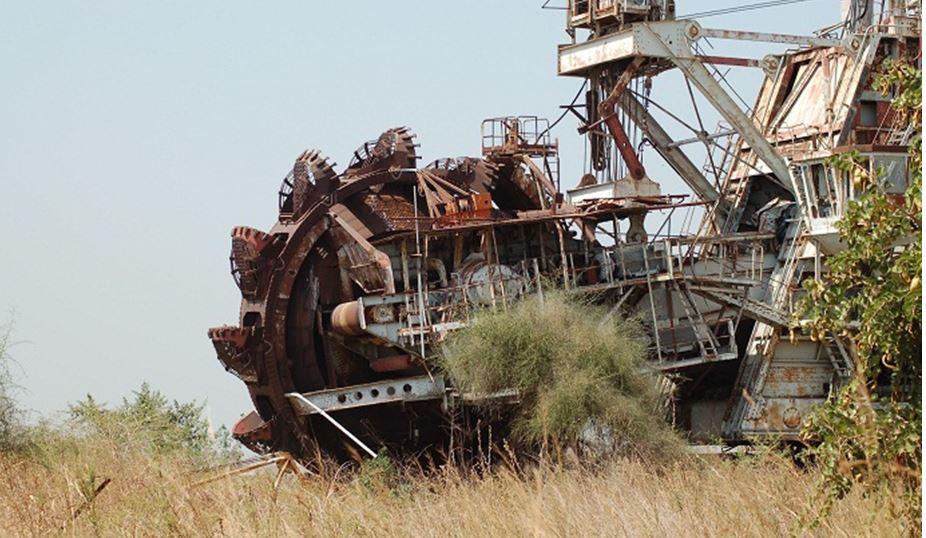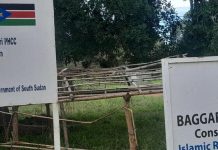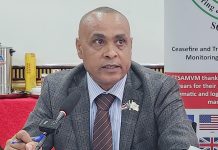Africa-Press – South-Sudan. There is a need for the government to seriously study and reassess the plan to revive the Jonglei Canal which was halted in 1983 due to Sudan’s civil war.
In 1978, the Sudan government began the construction of the Jonglei Canal, which was planned to bypass the Sudd swamp and provide a straight, well-defined channel for the Mountain Nile River to flow northward until its junction with the White Nile. However, in 1983, the work was suspended due to Sudan’s civil war and domestic opposition to the construction.
However, there is already an ongoing public debate on whether to regenerate the project. But several opinions seem to be against the revival of the project due to its unpredictable environmental impact.
While the canal might not be of significant economic benefit to South Sudan, countries downstream of the White Nile that have experienced rapid industrial and population growth could be the biggest beneficiaries. Rapid population growth and climate change are forcing most countries along the Nile Basin to experience water scarcity.
Second, Egypt and Sudan’s long-held monopoly on River Nile water usage appears to have ended following their unsuccessful attempt to halt the construction of the Great Ethiopian Renaissance Dam (GERD).The fear of water scarcity downstream of the White Nile has now drawn countries’ attention to the vast amount of water that is frequently lost in South Sudan’s Sudd swamps.
The revival of the Jonglei Canal has now become an inevitable project to prevent the loss of water, reduce the food gap and promote development in the two countries. This is exactly why the Jonglei Canal was launched in 1978, purposely to reduce the vast water losses in the Sudd region in the then Southern Sudan and to boost agricultural productivity in Sudan and Egypt.
Several studies have shown that the swampy areas in the Nile Basin produce huge water losses in the order of tens of billions of cubic metres every year. These losses could be reduced through the realisation of channelisation projects, one of which is the Jonglei Canal Project in the Sudd swamps. However, this might turn out to be a disaster in the future due to climate irregularities. We cannot construct a canal just to control the flooding. Nobody knows whether there will be excess water tomorrow.
The size of the Sudd wetlands varies depending on the season and year. During wet seasons, the size of this wetland increases by up to 90,000 km and gradually decreases to about 42,000 km depending on high seasonal floods. This will eventually be reduced once the Jonglei Canal is constructed. The wetlands might dry completely in years to come.
The authorities need to reassess the plan before they revitalise the Jonglei Canal. There is a need to consider the environmental impact on the mammals that live in and depend on the Sudd wetlands for their survival.
We are all aware that the Sudd wetlands are a UNESCO World Heritage site with various endangered mammalian species, antelope migrations, and millions of migratory birds and fish populations.
According to a report from the Wildlife Conversation Society, Sudd wetlands act as a breeding ground for several inter-African migratory birds and others that come all along from Europe and Asia, such as Great White Pelican, Back Crowned Crane, White Stork, and Black Tern.
The area also experiences a mass influx of tiang and white-eared kob antelopes, which is Africa’s second-largest terrestrial wildlife migration. From January-June, at least 800,000 antelopes converge on a vast savannah east of the White Nile, the Sudd wetlands of South Sudan, and the western Ethiopian swamps of Gambella.
The Sudd wetlands are one of the renewable natural resources that cannot be compared to the oil that can be drained off in years to come. It is important to protect the wetlands for future generations to come, as well as to protect the ecosystem.
For More News And Analysis About South-Sudan Follow Africa-Press






